PlayStation: The Revolutionary Console
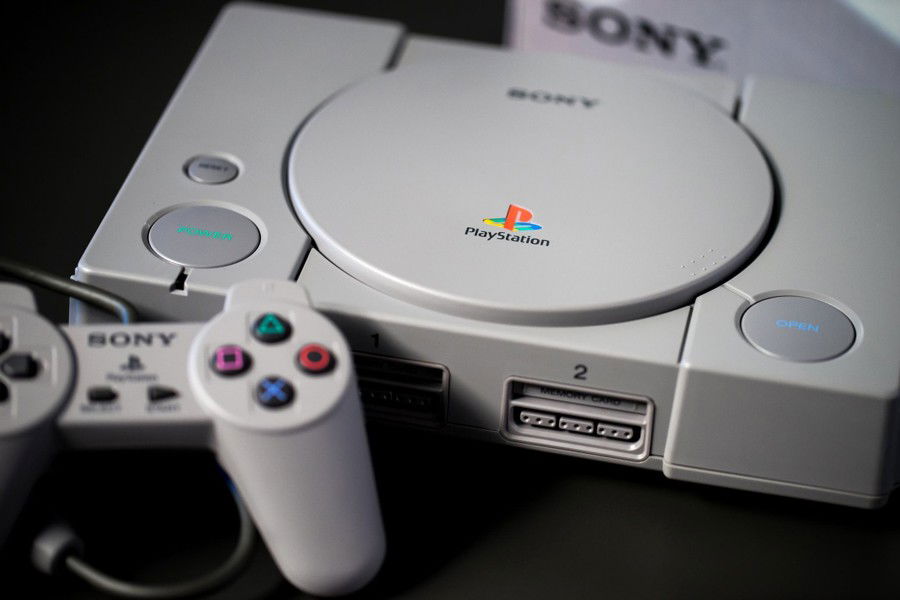
Released in 1994, the PlayStation was a milestone in 3D gaming, replacing cartridges with CDs and introducing iconic franchises such as Final Fantasy VII, Metal Gear Solid, and Resident Evil.
Its hardware was both accessible and innovative, featuring controllers like the DualShock with vibration feedback. The library ranged from RPGs to experimental cult hits like Parappa the Rapper. Despite pixelated graphics and technical limitations, the console remains one of the most beloved in gaming history.
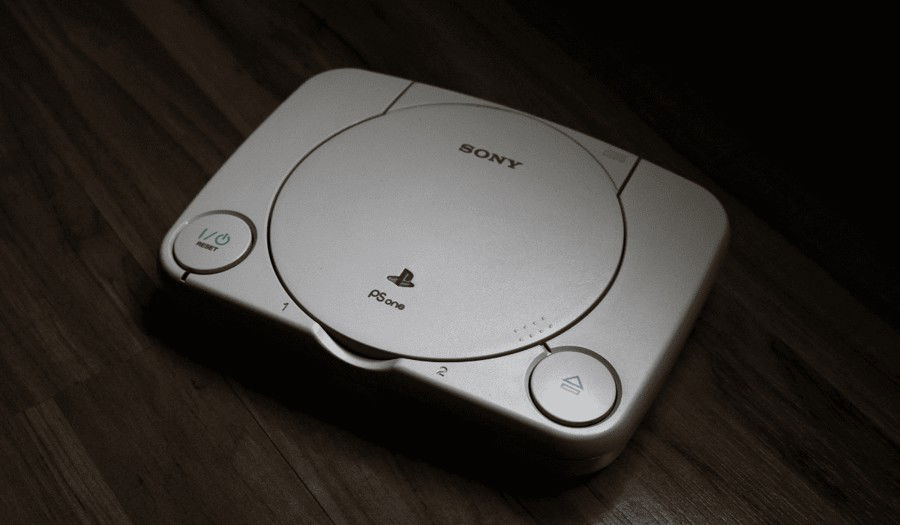
With such a vast range of games, many titles have been forgotten over time, prompting fans to request remakes or sequels of these classics. In this article, I present ten games that truly deserve a remake. I have excluded all games that already received sequels or remasters, as well as Chrono Cross, since it is already among the most requested titles for a revival.
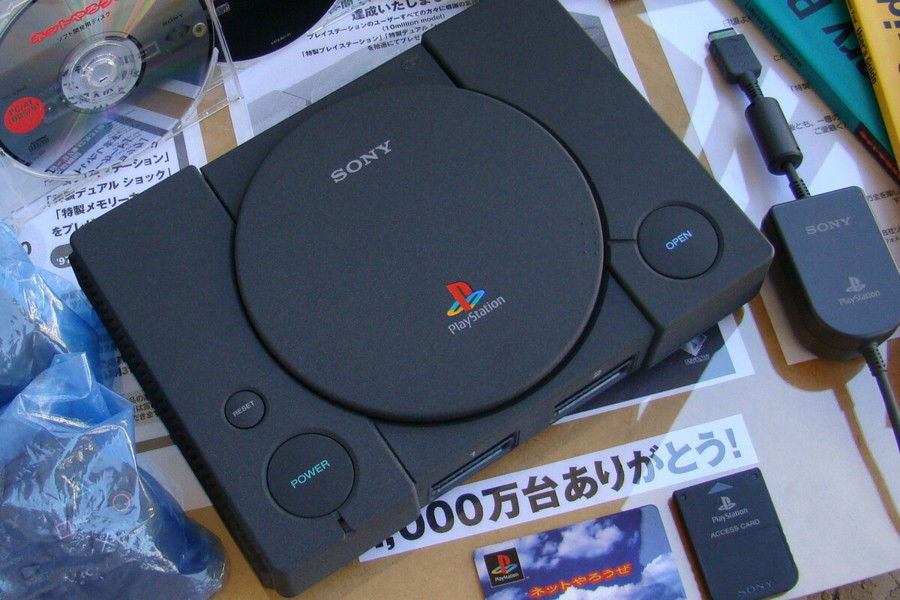
Syphon Filter (Series)
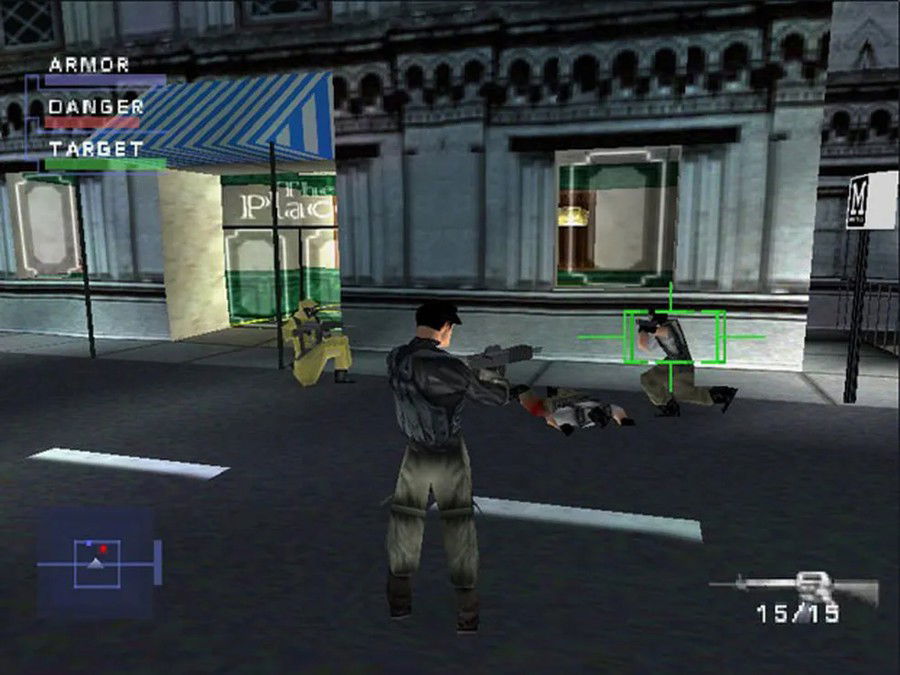
Released in 1999 by Eidetic (now Bend Studio), Syphon Filter became a landmark in third-person stealth-action. Players take on the role of agent Gabe Logan in a mission to stop terrorists. The gameplay mixes intense shootouts, infiltration, and gadget use, including gas grenades and the iconic taser gun, capable of electrocuting and even igniting enemies, becoming a signature of the franchise.
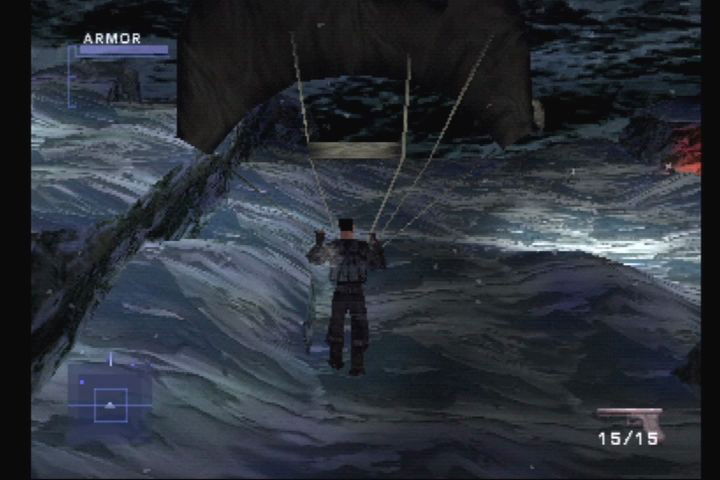
The game showcased 3D graphics that were revolutionary for the time, with detailed and destructible environments, as well as realistic animations like enemies staggering when hit. The soundtrack also stood out, with effects such as gunfire echoing in tunnels, amplifying the espionage atmosphere.
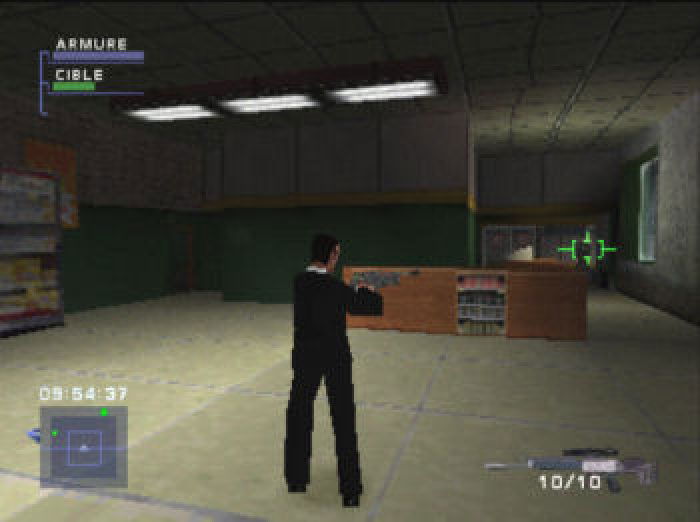
Missions varied from urban landscapes and subway stations to secret laboratories, requiring players to blend stealthy pistol gameplay with open combat. Careful ammunition management and strategic use of cover were key. While the fixed camera and rigid controls have aged poorly, the tactical freedom, including the use of snipers and explosives, still made the gameplay engaging.
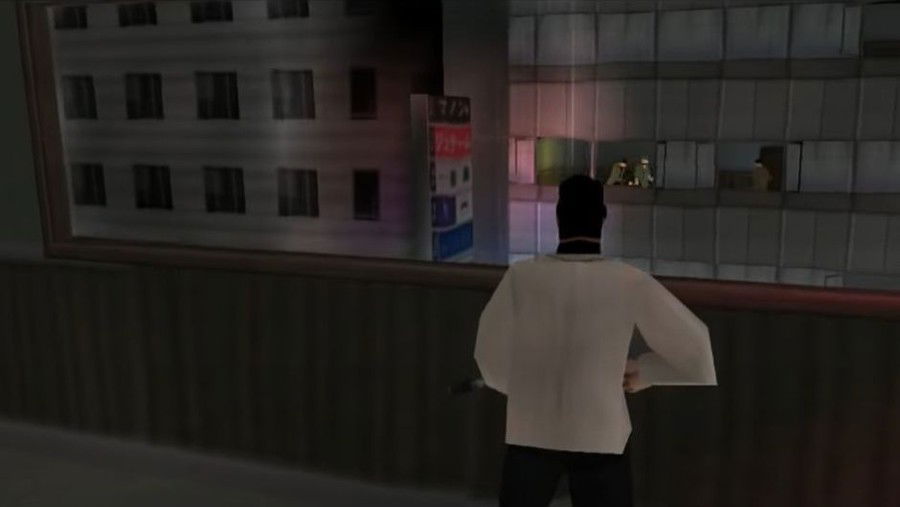
The game is known for its difficulty, with bosses that demand precision. It is highly regarded for its cinematic narrative and innovations, inspiring series like Splinter Cell. This classic deserves a modern remake with updated graphics and refined mechanics.
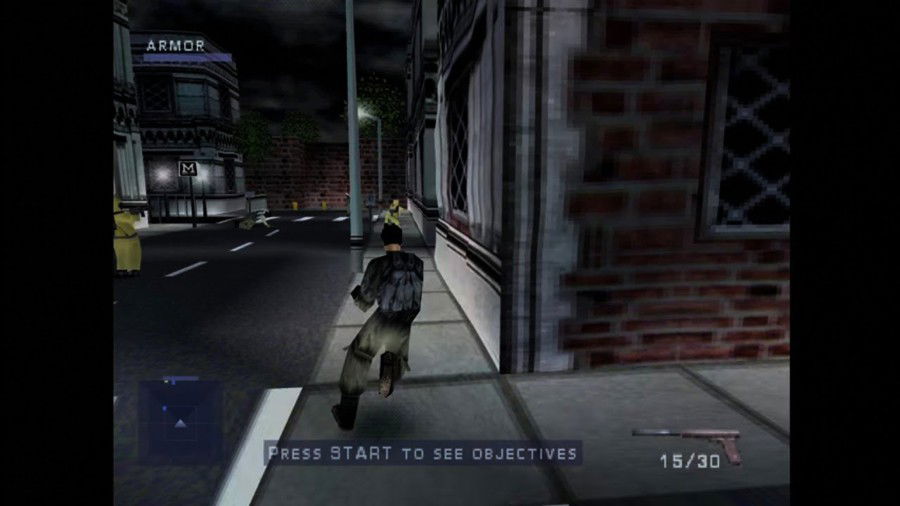
Castlevania: Symphony of the Night
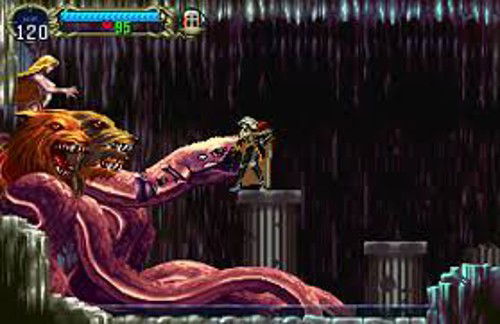
Talking about PlayStation without mentioning Castlevania: Symphony of the Night would be simply unforgivable. Released in 1997 by Konami, it redefined the action-exploration genre, giving rise to the term "Metroidvania". Symphony of the Night broke with the series’ tradition by abandoning the Belmont protagonists. Playing as Alucard, the son of Dracula, players set out to destroy the reawakened castle of his father.
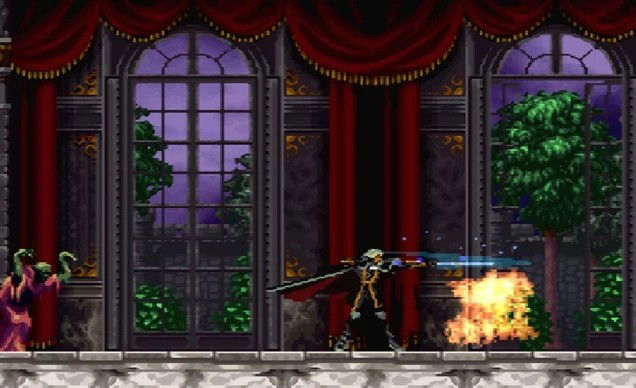
Its detailed 2D graphics have aged gracefully, showcasing meticulous artistry. The gameplay blends combat with RPG elements, including leveling, attributes, and equipment, alongside non-linear exploration across an expansive map. Abilities such as transforming into a bat, wolf, or mist are essential for progression.
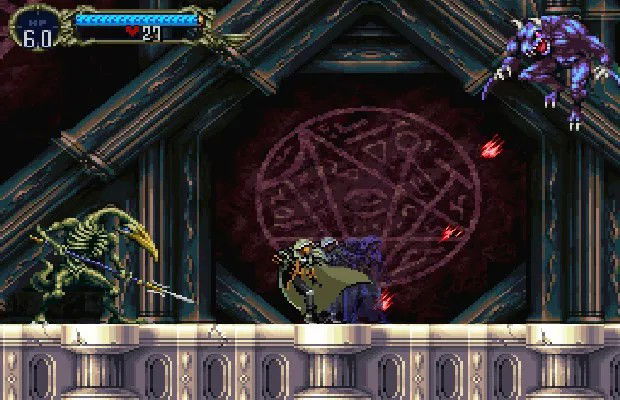
The famous "Inverted Castle" mechanic, unlocked after defeating the mid-game boss, doubles the content, offering tougher enemies and fresh challenges. Combat mechanics, featuring swords, magical weapons, and familiars like spirits or floating blades, highlight how far ahead of its time the game was in terms of customization. The soundtrack, rich in gothic themes, enhances the atmosphere, cementing the game as an epic classic.
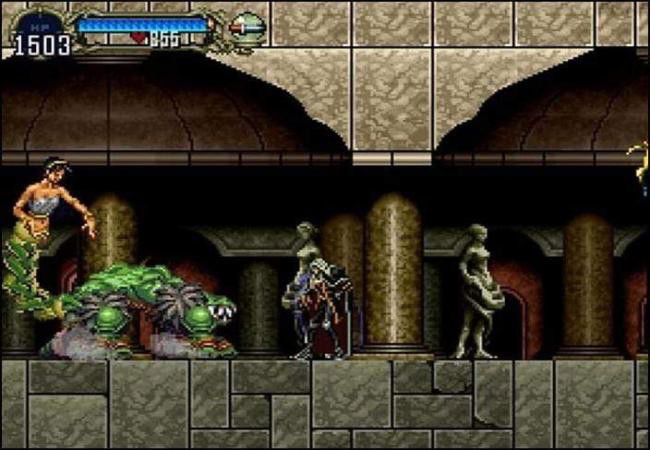
Though it was not a bestseller at launch, partly due to its unconventional style, it later became a cult classic, influencing hundreds of games such as Hollow Knight and Bloodstained.
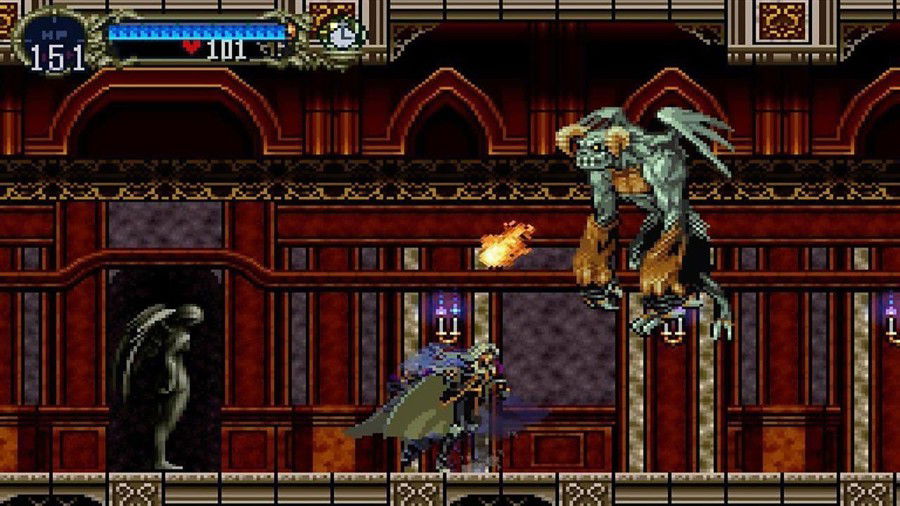
It is surprising that this timeless masterpiece has never received a sequel or a remake that fully honors its creativity and freedom of exploration. A must-play for any gamer and essential for understanding the evolution of action and RPG genres.
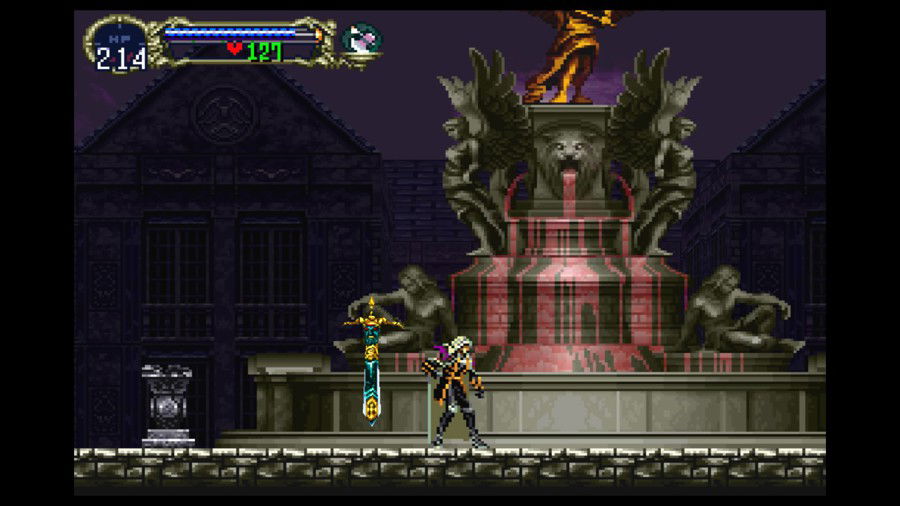
Dino Crisis (Series)
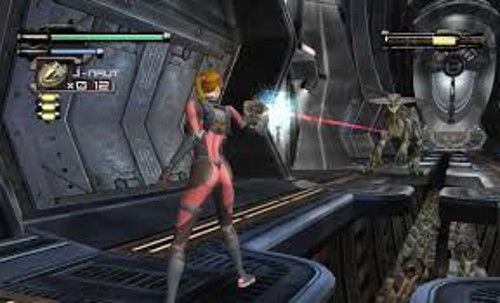
Dino Crisis is a survival horror title that replaces zombies with dinosaurs. Released by Capcom in 1999, it follows agent Regina on a mission to investigate the disappearance of scientist Dr. Kirk on an island infested with prehistoric creatures.
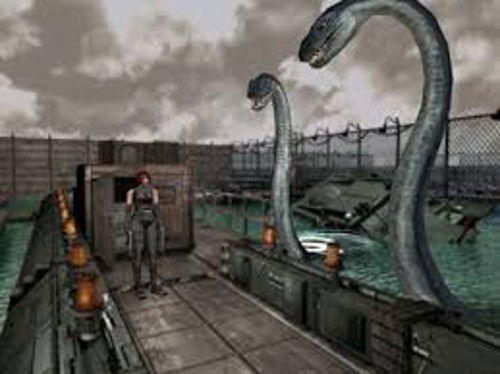
Inspired by Resident Evil, it retains the classic tank controls and tense atmosphere typical of survival horror but introduces mechanics like moving while aiming and a more flexible inventory system that allows combining items to create cures or special ammo.
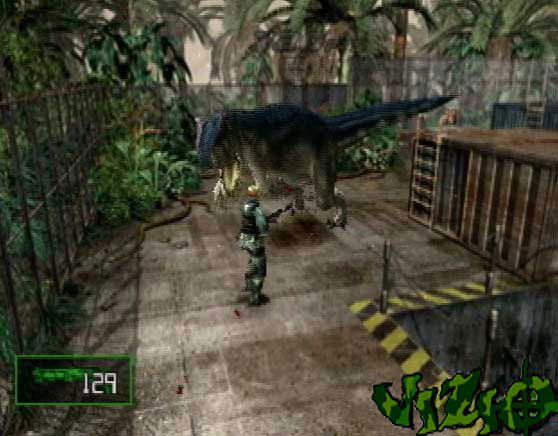
Unlike Resident Evil, it features fully 3D environments with dynamic cameras, enhancing immersion. While textures and environments can feel repetitive, the compelling story and remarkable sound design, such as the terrifying roar of a T-Rex, keep the tension high.
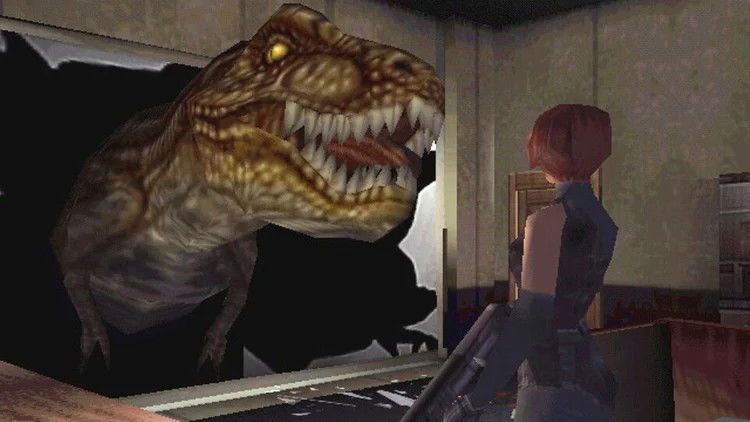
Gameplay combines action and puzzles, with agile and deadly dinosaurs like Velociraptors and the relentless T-Rex creating unforgettable and often deadly moments. The ability to run and shoot simultaneously speeds up combat, but limited ammo and resilient enemies force players to choose between fighting and fleeing.
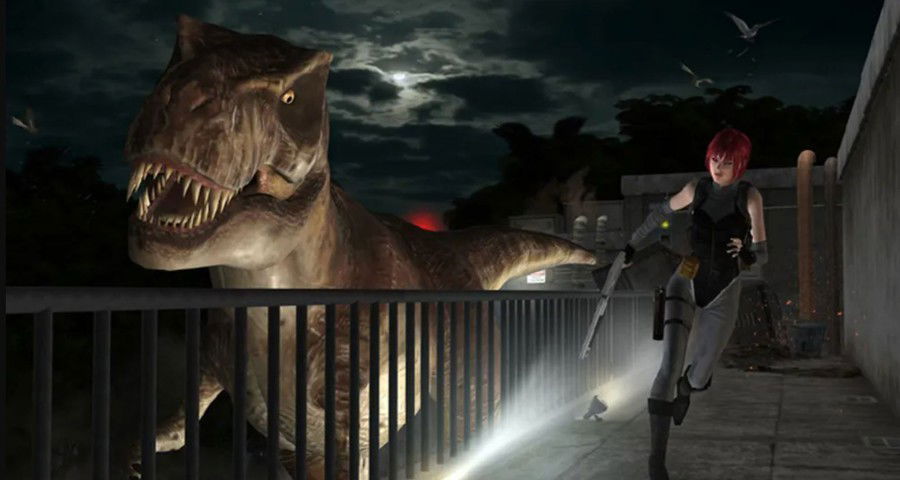
Dino Crisis offers a unique blend of horror and sci-fi, making it a standout for fans of challenging survival horror adventures.
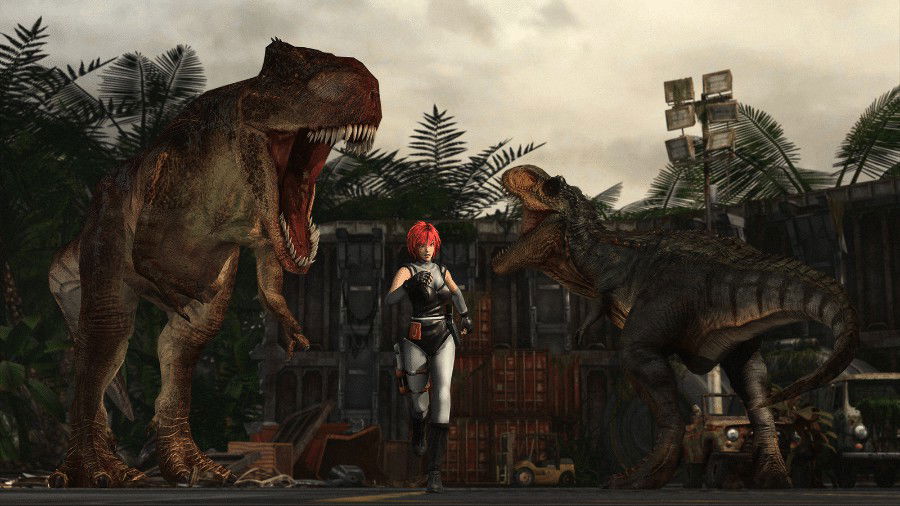
Vagrant Story
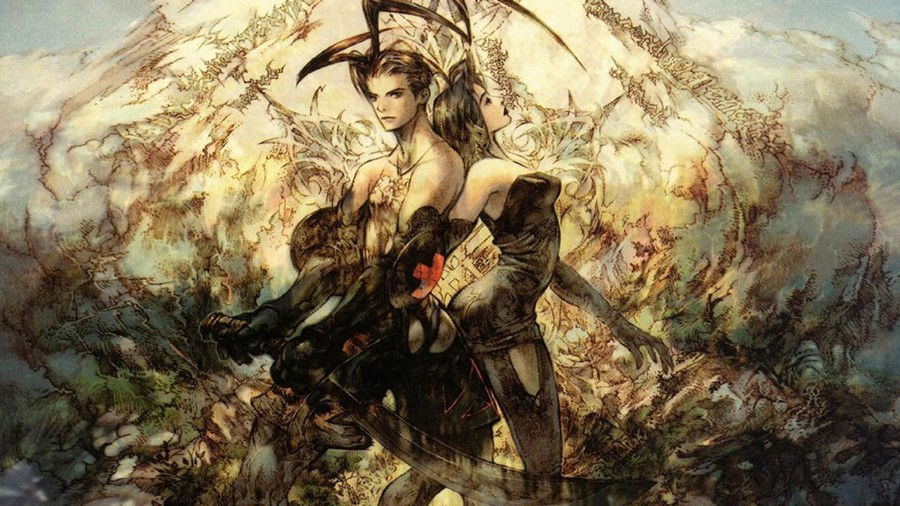
Vagrant Story is a cult RPG released by Square in 2000 and directed by Yasumi Matsuno (Final Fantasy Tactics). It follows Ashley Riot, an agent exploring Leá Monde, a city cursed by dark magic. The intricate narrative, filled with political intrigue, demands close attention to dialogues and hidden documents. The setting is a gothic universe inspired by European myths.
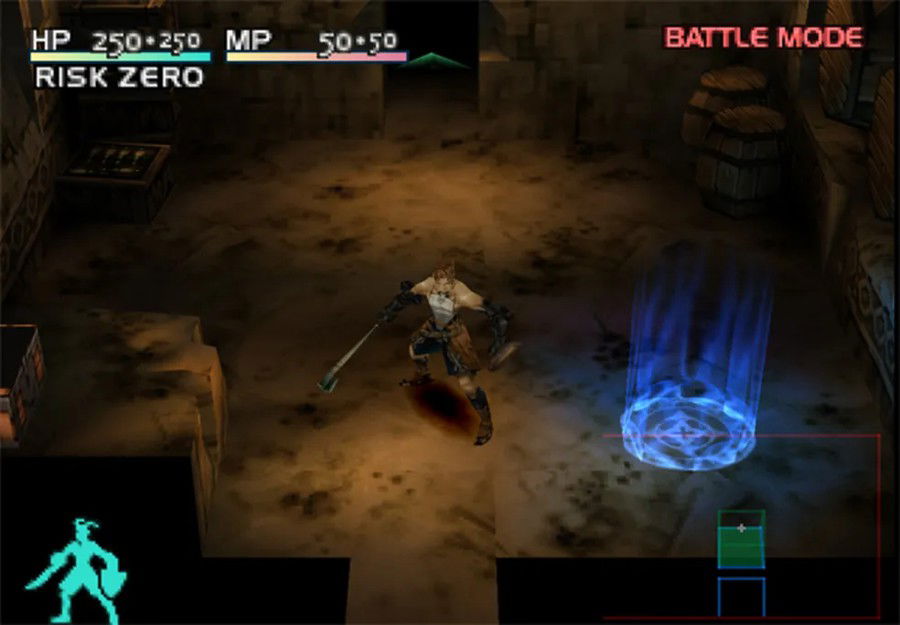
The pre-rendered environments and detailed sprites create a moody atmosphere, while the choral and string-heavy soundtrack enhances tension and mystery.
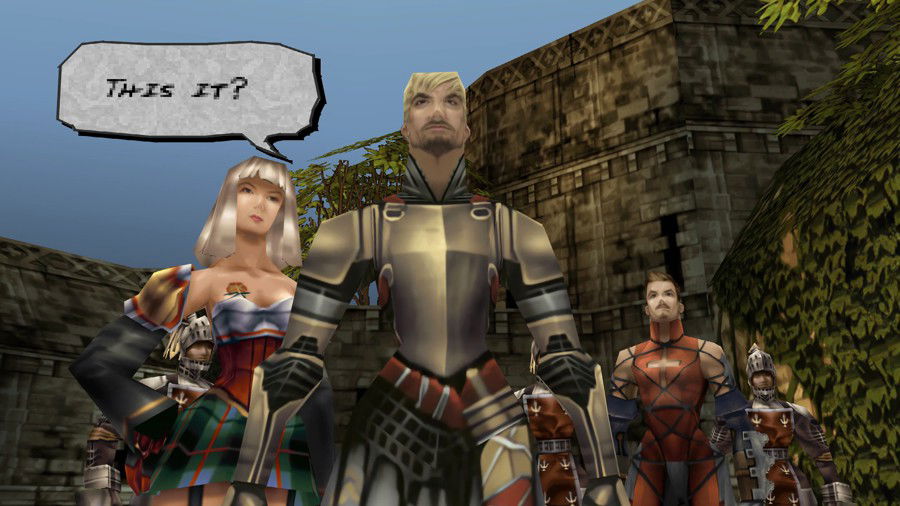
Combat blends real-time action with tactical pauses, allowing players to target specific enemy body parts and perform combos. The unique damage system, tied to accumulated risk, and the deep weapon crafting mechanics were groundbreaking but require patience to master.
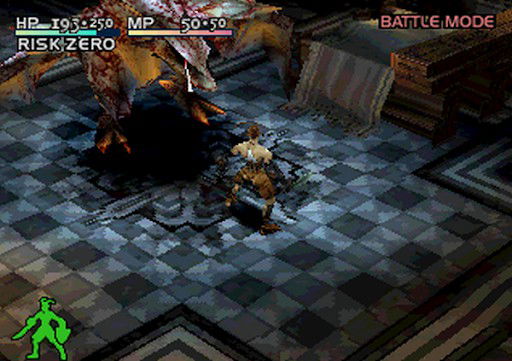
The game’s steep difficulty curve would impress even souls-like fans, making it a treasure for those who enjoy challenging experiences. Its influence can be seen in series like Dark Souls and Dragon's Dogma.
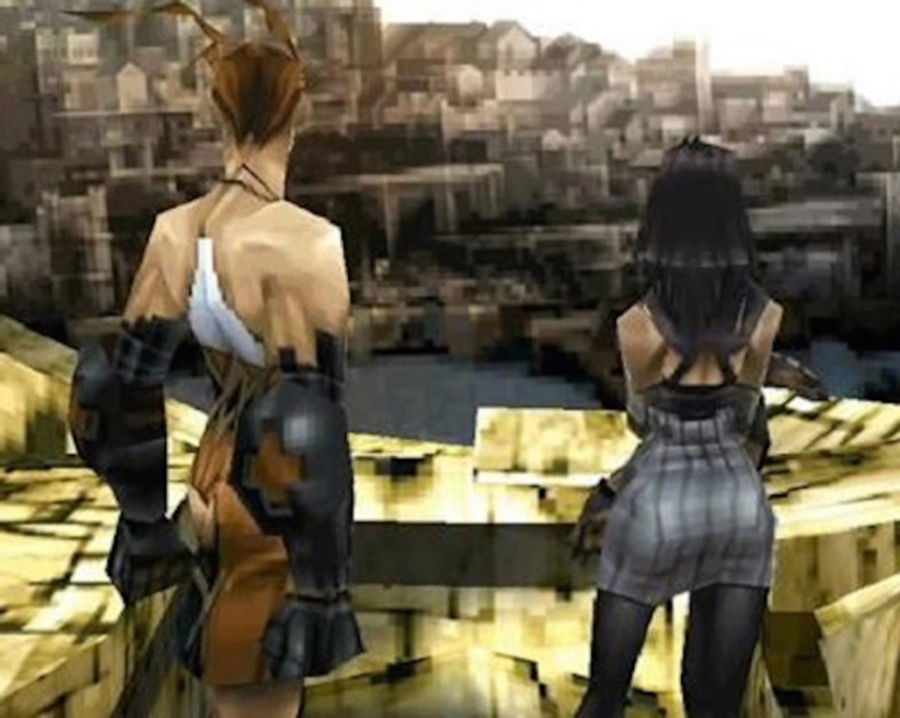
Vagrant Story is essential for players who appreciate mature narratives and intricate, demanding gameplay.
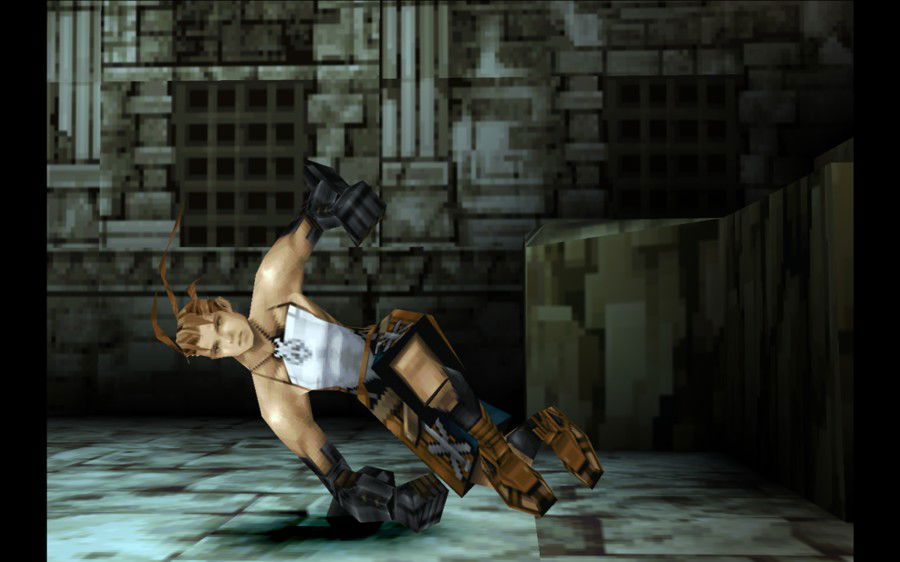
Medal of Honor
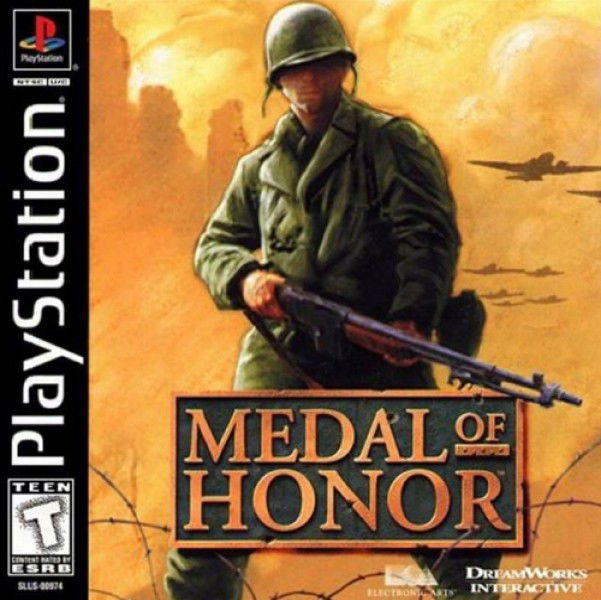
Considered the father of war-themed FPS games, Medal of Honor carries a cinematic spirit. Released by DreamWorks Interactive in 1999 under Steven Spielberg's supervision, it revolutionized console FPS titles by blending intense action with espionage elements in a World War II setting. Players take on the role of agent Jimmy Patterson, completing missions ranging from sabotage to infiltration, such as disguising as a @@@@ officer to access secret documents or destroying submarines.
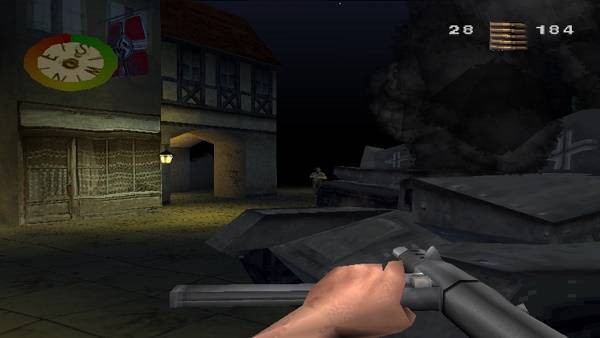
The pixelated graphics capture the grim aesthetic of war, with settings like nighttime docks and underground bases. Black-and-white cutscenes add a unique touch. The orchestral soundtrack, paired with environmental effects like German shouts and explosions, heightens immersion. Pioneering animations, such as enemies clutching wounds or stumbling realistically, added depth to the experience.
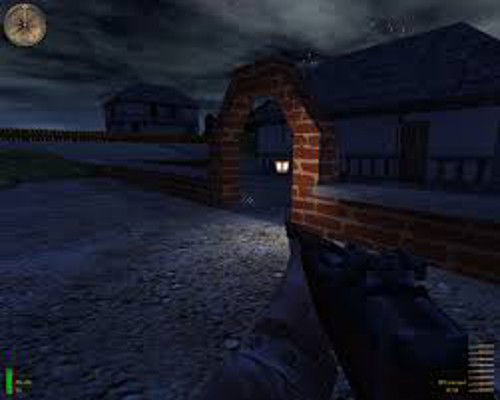
The varied objectives keep the pacing dynamic, from trench shootouts to stealth operations, with mechanics inspired by GoldenEye 007 and Metal Gear Solid. Enemy AI was impressive for its time, with soldiers reacting to grenades, flanking players, and even sacrificing themselves to protect allies.
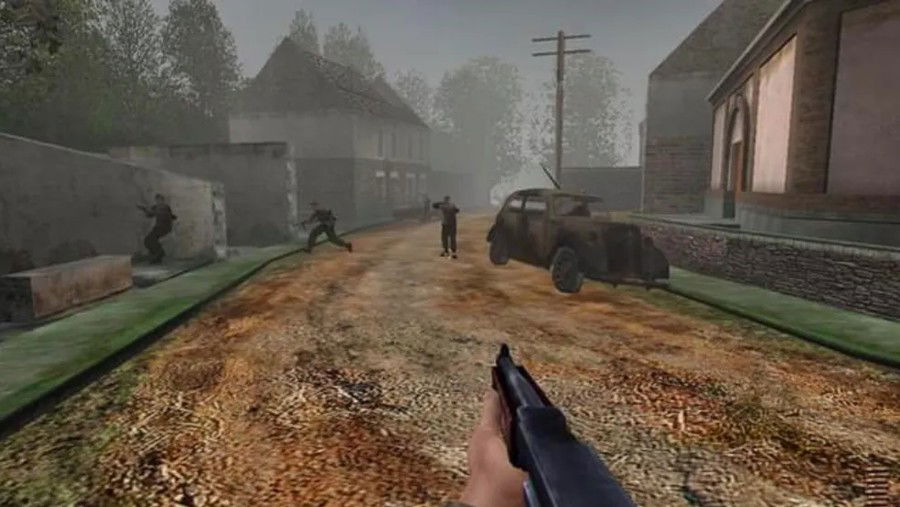
The difficulty is high, with no checkpoints and a steep learning curve, especially in later stages where enemies wield bazookas, demanding precise gameplay.
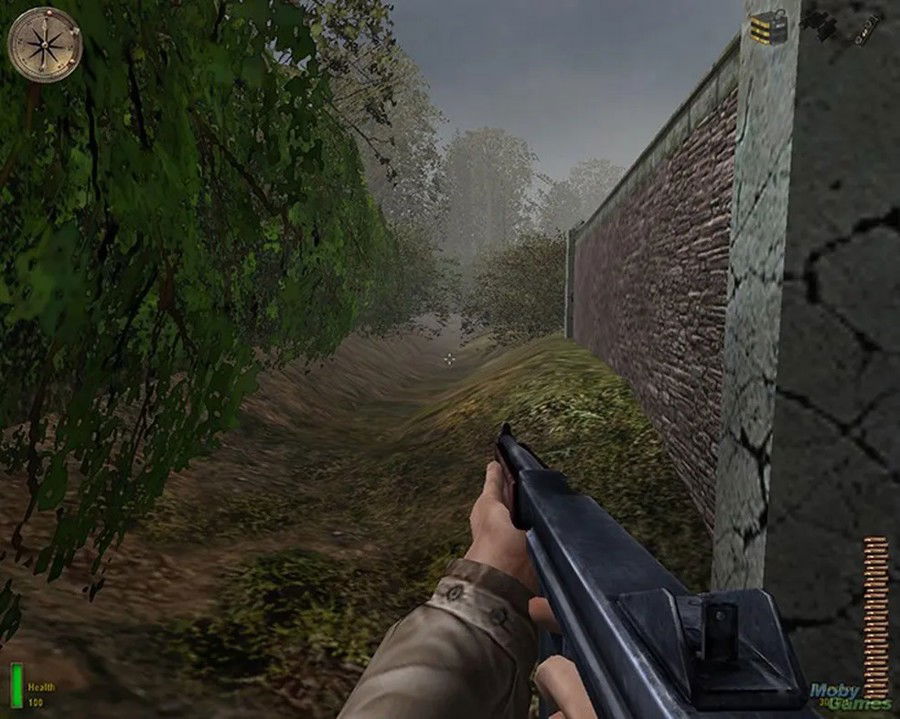
Medal of Honor is an essential PlayStation classic that blends intense gameplay with cinematic storytelling and tactical challenges. Its influence on war games is undeniable, with franchises like Call of Duty carrying its legacy forward.
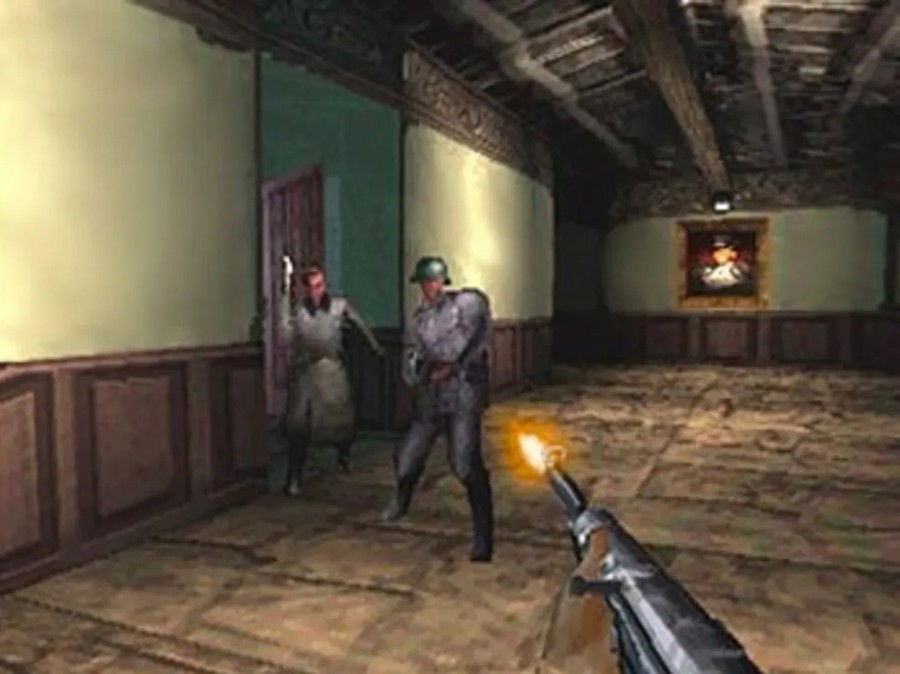
Parasite Eve (Series)
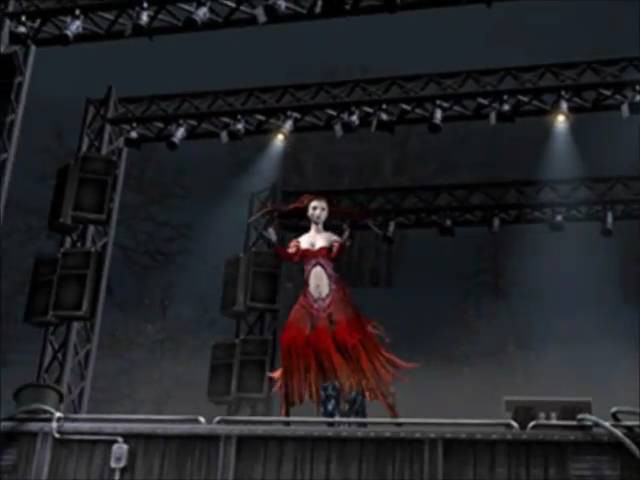
Released in 1998, Parasite Eve was an innovative title that fused survival horror and RPG elements in a unique narrative about Aya Brea, a New York police officer confronting mutant creatures born from uncontrollable mitochondria. Based on the novel by Hideaki Sena, the plot blends science fiction and biological horror, using cinematic sequences to explore themes such as evolution and identity.
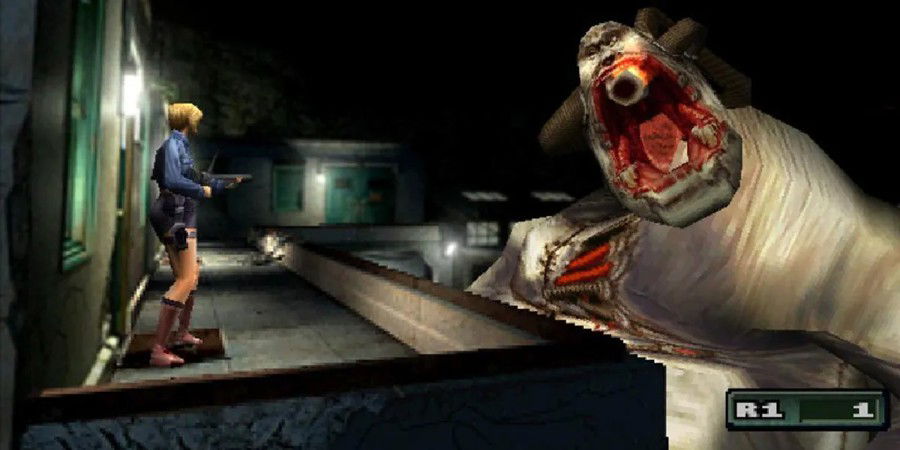
In 1999, Square refined the formula with Parasite Eve II, shifting away from its RPG roots toward a more traditional survival horror style. Aya Brea returns as an FBI agent investigating mitochondrial mutations in an abandoned city. The story, less philosophical than the first game, leans into action and conspiracies, introducing grotesque villains in environments such as laboratories and dungeons.
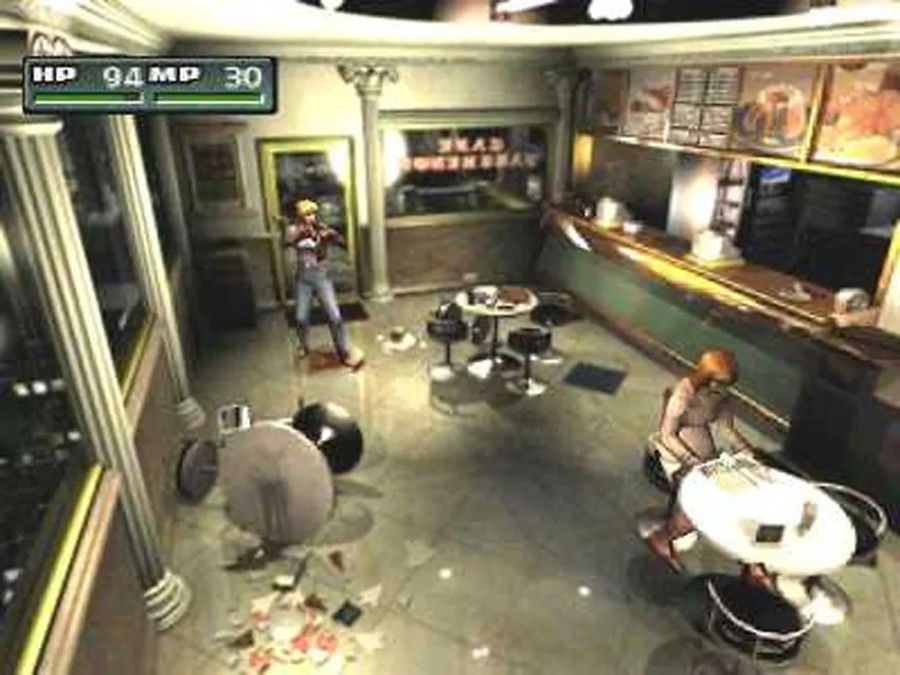
The pre-rendered backgrounds are richly detailed. The first game’s soundtrack by Yoko Shimomura (Kingdom Hearts) and the second’s by Naoshi Mizuta (Final Fantasy XI) balance tension and melancholy, enhancing the atmosphere.
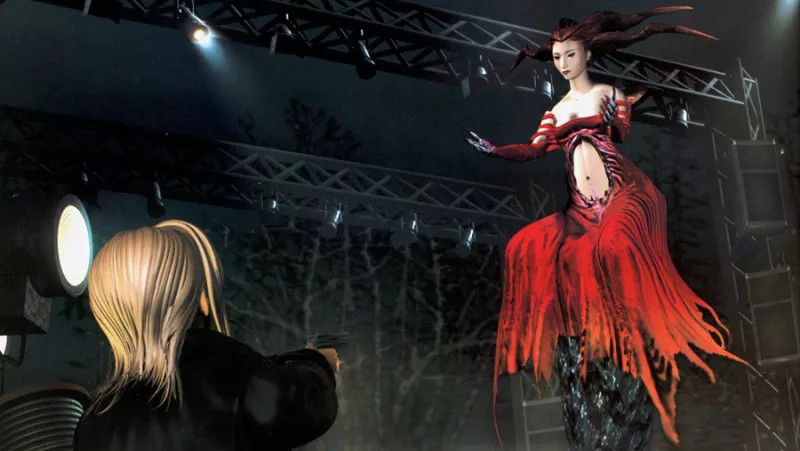
The combat system blends real-time movement with turn-based targeting, giving players strategic freedom. Mitochondrial abilities such as healing and pyrokinesis, along with extensive weapon customization (reload speed, adjustments, range), add tactical depth. Exploration in areas like Central Park and the Natural History Museum brings elegance to the gameplay, rewarding players with secrets and hidden upgrades. Boss battles, including Eve’s final form, require strategy and resourcefulness throughout the campaign.
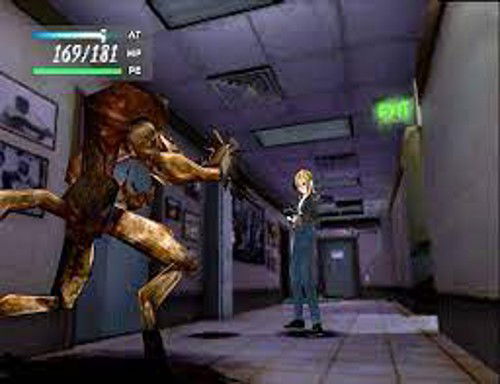
Parasite Eve remains essential for fans of horror and RPGs. Its mature storytelling and hybrid gameplay keep it relevant, making it a classic worthy of a remake.
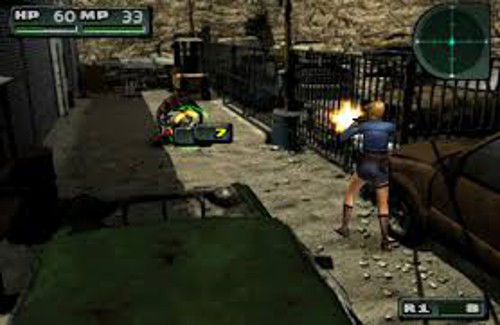
Nightmare Creatures (Series)
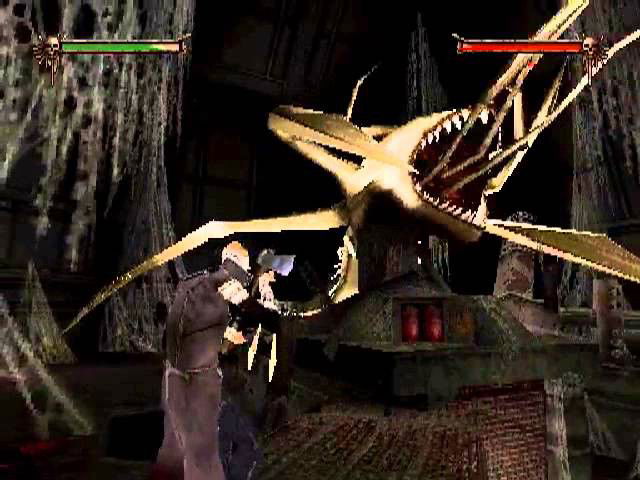
Nightmare Creatures takes players to a Victorian-era London haunted by supernatural beings. The game features two protagonists, the hunter Ignatius Blackward and the alchemist Nadia Franciscus, combining fast-paced action with horror elements.
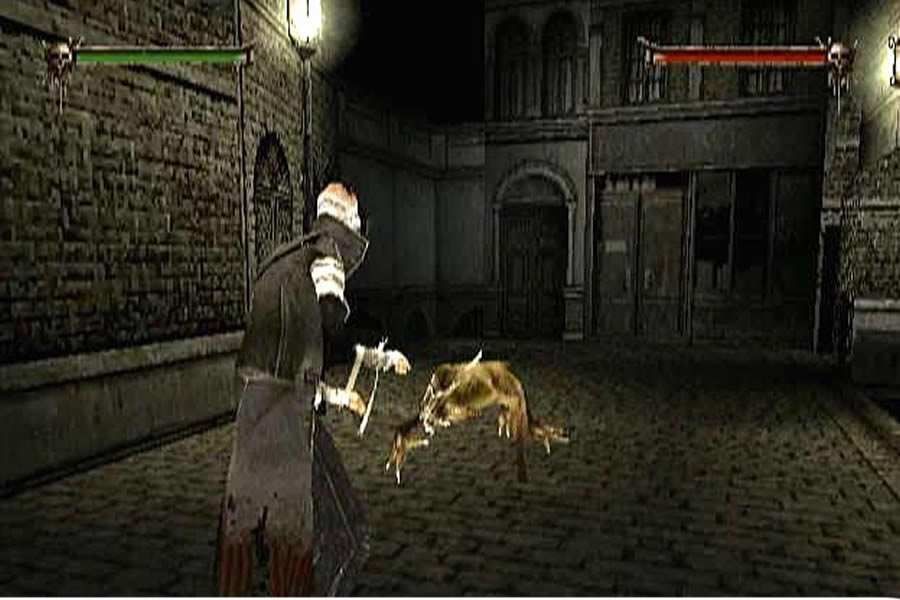
The gothic environments set a dark tone, from cemeteries to shadowy dungeons, capturing a grim aesthetic from the start. The soundtrack stands out with eerie choirs and atmospheric effects.
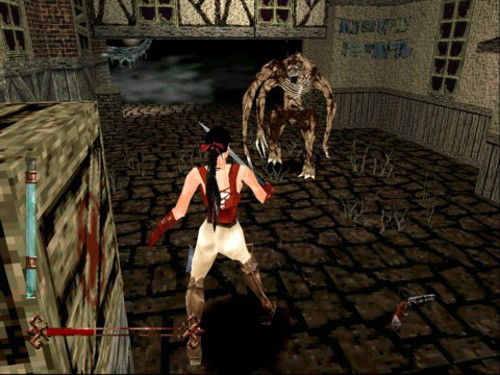
Combat includes combos, melee weapons like swords and spears, and special moves. Enemies range from werewolves to chimeras, requiring tactical thinking. However, the difficulty curve is uneven, with a sharp spike in the later stages.
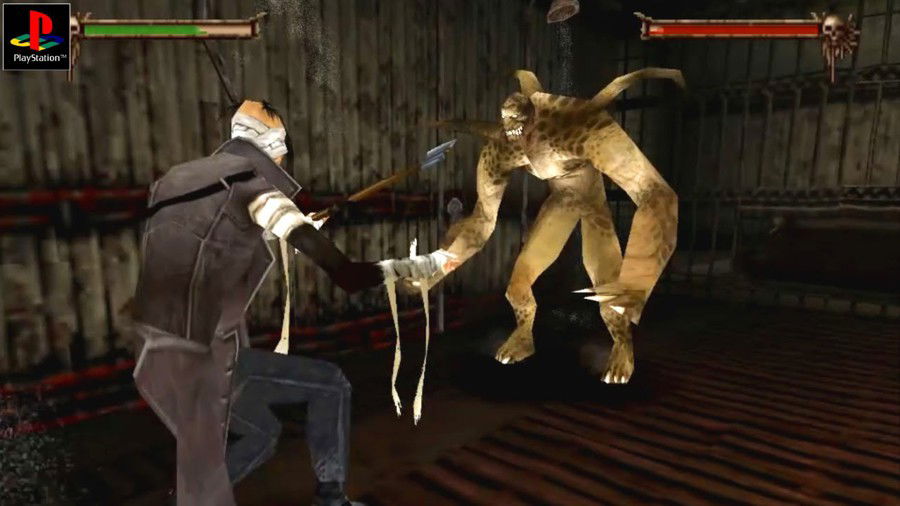
Despite technical flaws, it remains a cult favorite among horror fans, remembered for its atmosphere and nostalgic appeal.
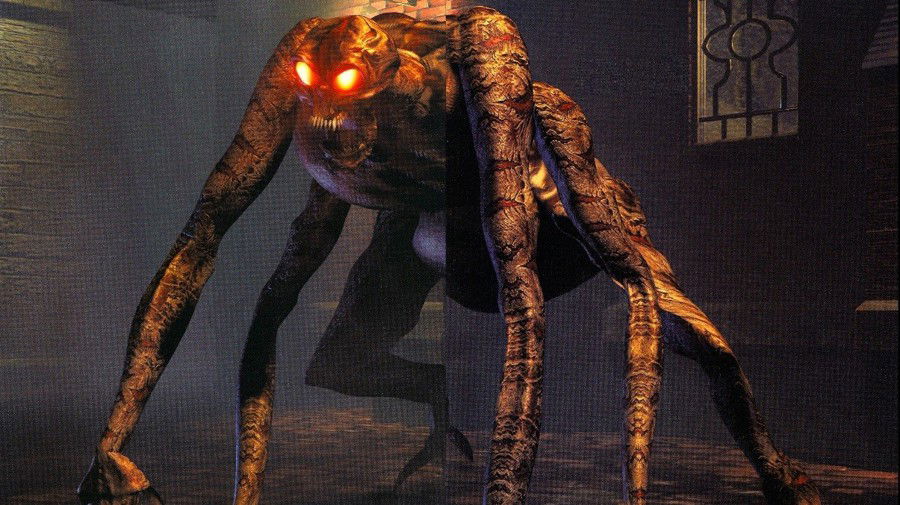
Legend of Legaia
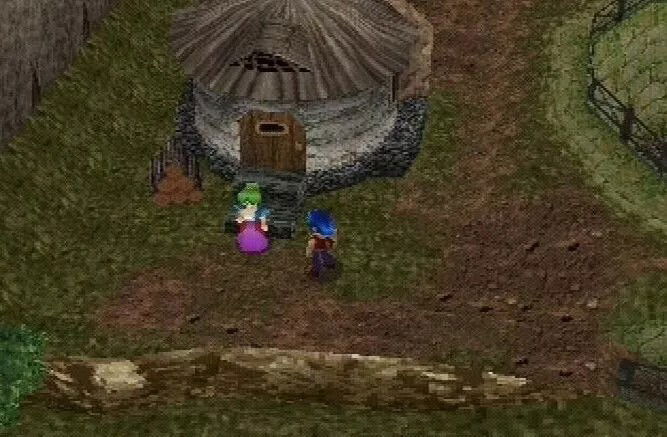
Released in 1998 by Contrail, Legend of Legaia won players over with its striking RPG visuals, engaging story, and unique battle system. Set in a world consumed by a deadly mist that spawns monsters known as Seru, it follows Vahn, Noa, and Gala on a quest to revive the Genesis Trees and bring peace back to the land.
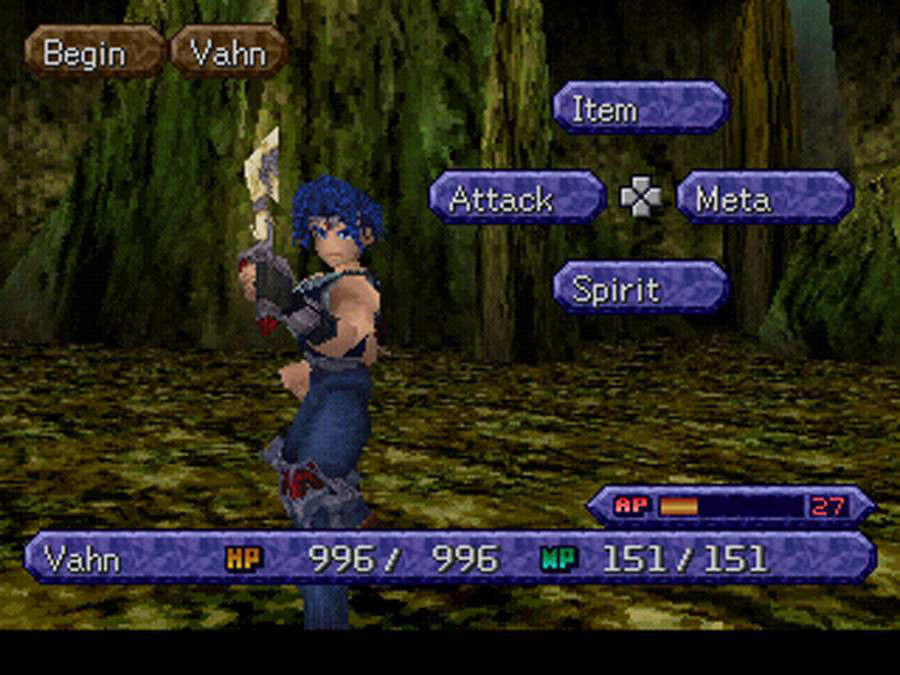
The dark environments enhance the oppressive feel of the mist, while the melancholic soundtrack balances hope and despair. The Tactical Arts System allows players to input directional commands (↑→↓) to unleash combos and unlock special moves. Each character learns unique abilities, balancing physical and magical attacks.
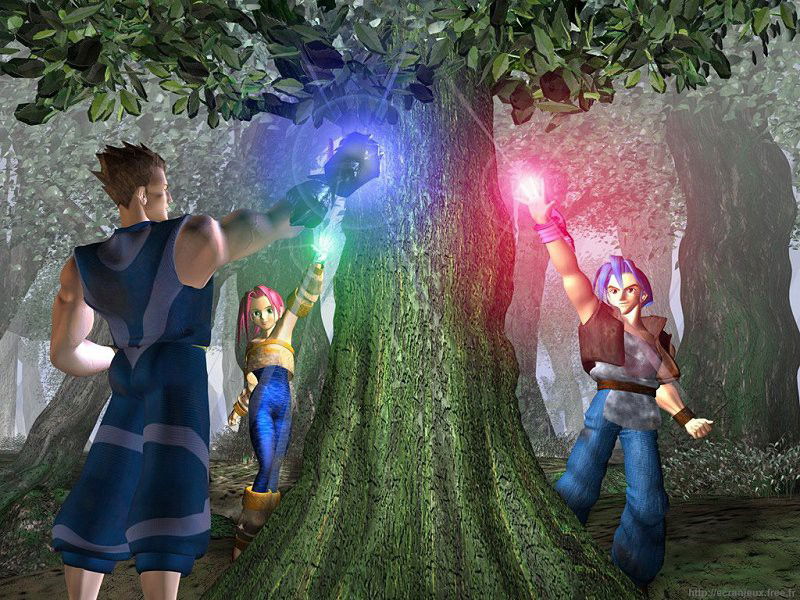
Legend of Legaia immerses players in a magical yet foreboding world, standing out for its originality and captivating fantasy narrative.
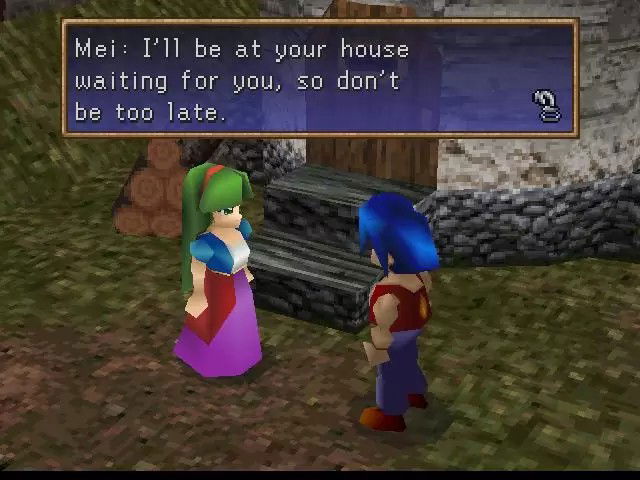
Tenchu: Stealth Assassins
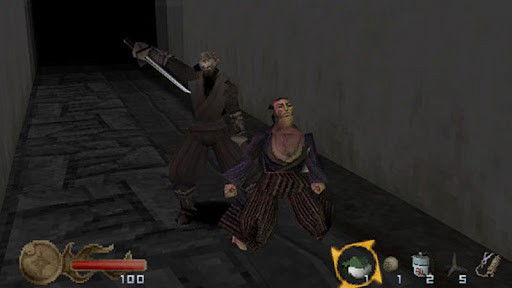
Tenchu is a milestone in the stealth genre. Set in feudal Japan, players control Rikimaru or Ayame, ninjas of the Azuma clan tasked with infiltrating fortresses, eliminating targets, and avoiding detection using shurikens, swords, and traps such as poison or mines. The game emphasizes stealth, requiring silent kills, body concealment, and clever use of the environment, from rooftops to bushes.
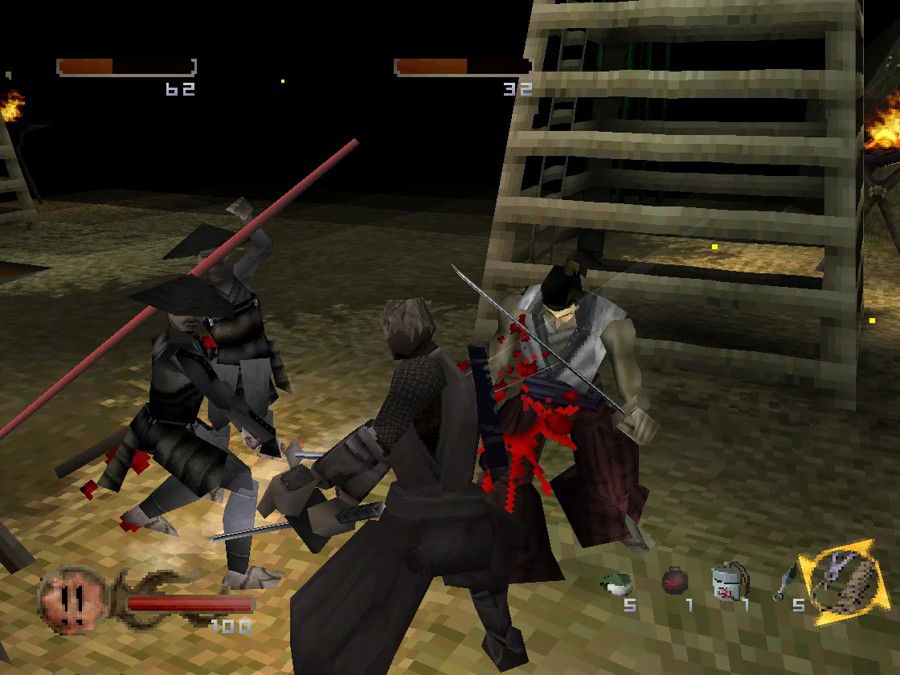
Its graphics were groundbreaking for the time, though today they show their age with blurry textures and stiff camera controls. The soundtrack, featuring flutes and kotos, adds a somber tone, while ambient sounds like footsteps on grass and chirping crickets heighten immersion.
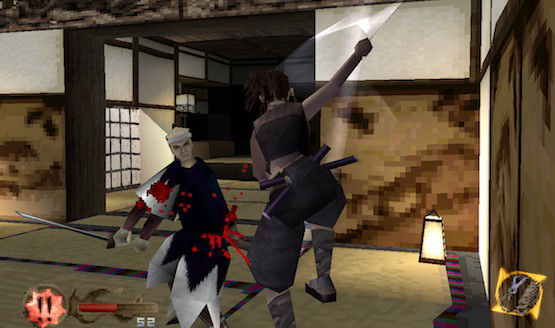
The sound meter system and the limited visibility from the ninja’s hood create tension in open stages, such as a bandit-infested village that offers multiple infiltration routes.
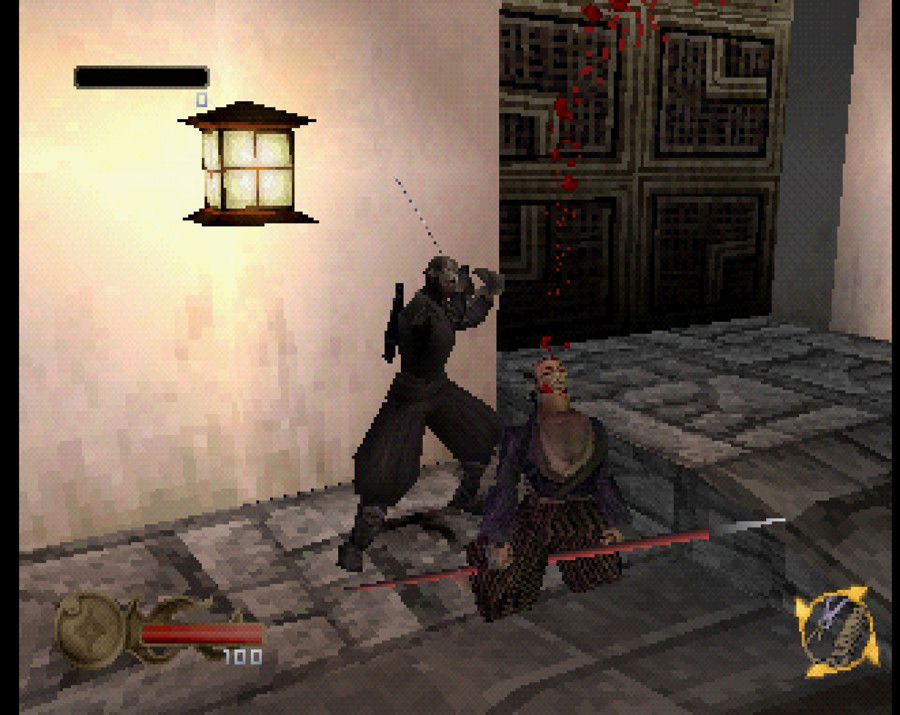
Despite clunky controls and repetitive objectives, Tenchu influenced later franchises like Sekiro and maintains a loyal following. A remake with modern stealth mechanics, enhanced visuals, and an open-world design similar to Ghost of Tsushima would be an ideal revival.
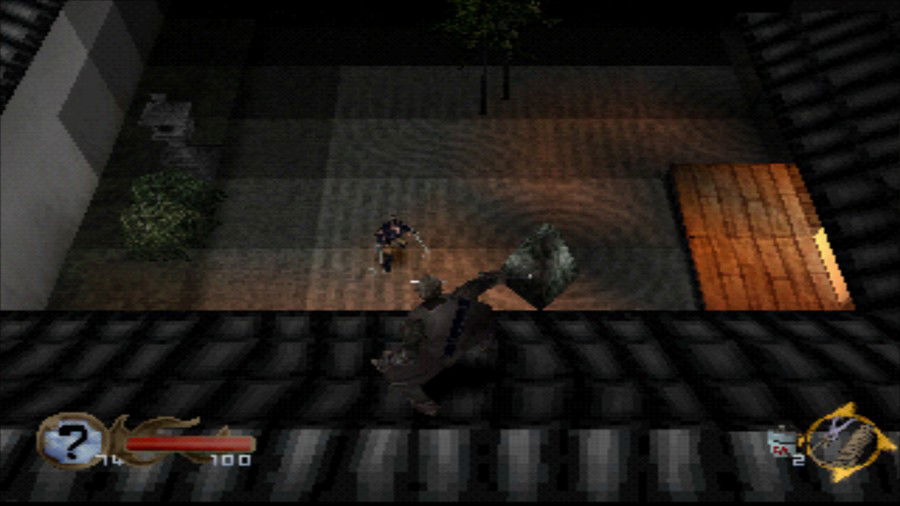
Driver (Series)
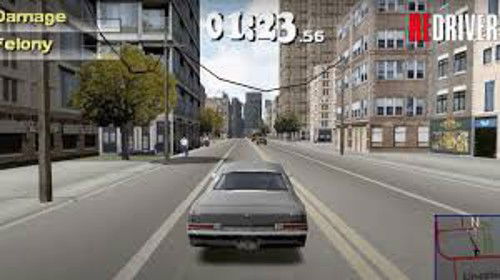
Released in 1999 by Reflections Interactive, Driver was a breakthrough, combining high-speed action, realistic physics, and open-world exploration. Players step into the role of Tanner, an undercover cop infiltrating a criminal syndicate through missions set in Miami, San Francisco, Los Angeles, and New York. These urban environments, though simplified, offered impressive freedom for the era.
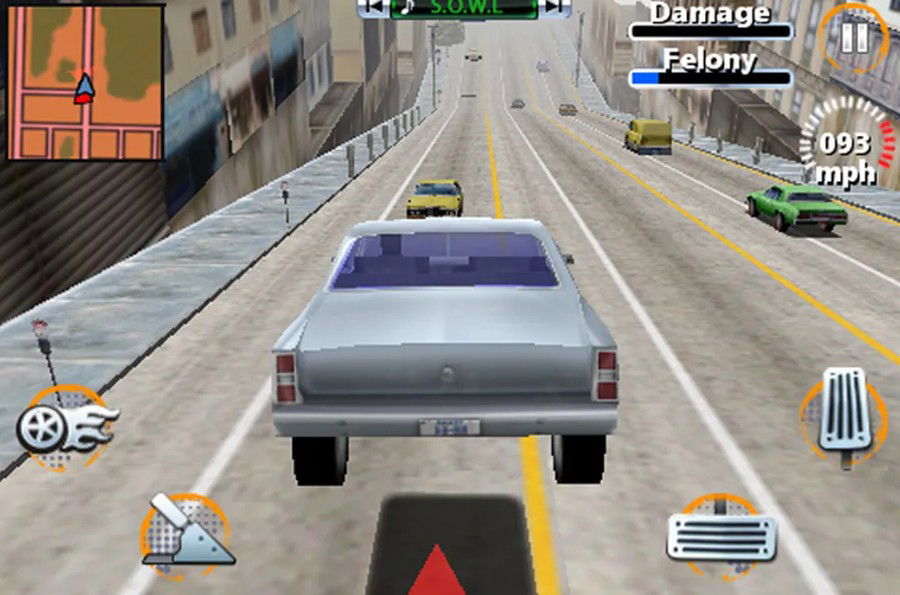
While distant objects appear blocky, the scale of the cities and destructible details remain impressive. The funky soundtrack and sound effects, like roaring engines and shattering glass, evoke the style of a ’70s action film, while cinematic cutscenes reinforce the narrative tone.
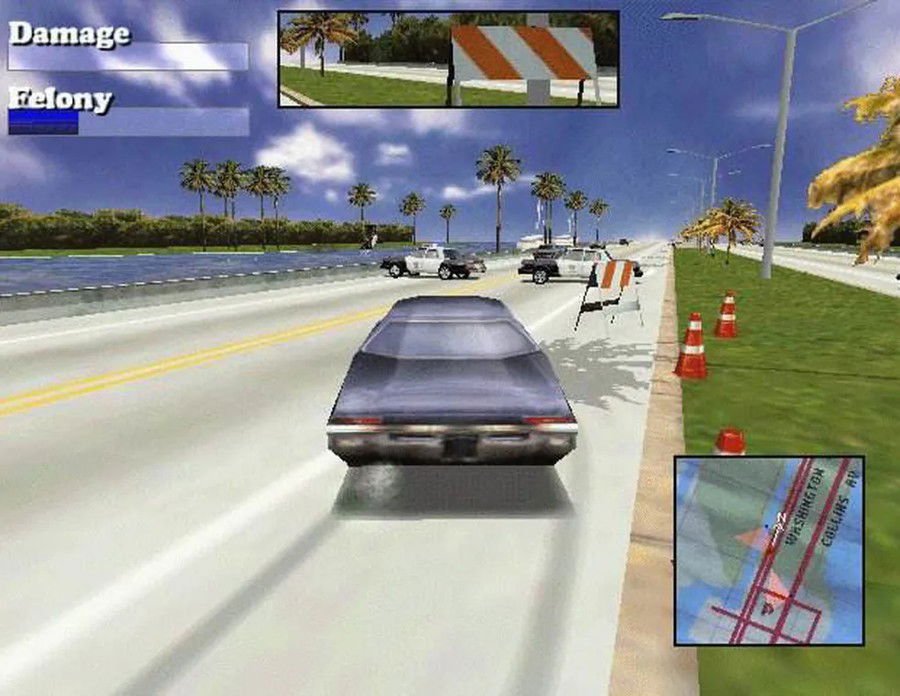
Driving mechanics are the heart of the game: weighty cars, dramatic drifts, and intense police chases, with a detailed damage system that affects performance. Story missions include timed escapes and ambushes, while Take a Ride mode allows free city exploration, foreshadowing modern sandbox games.
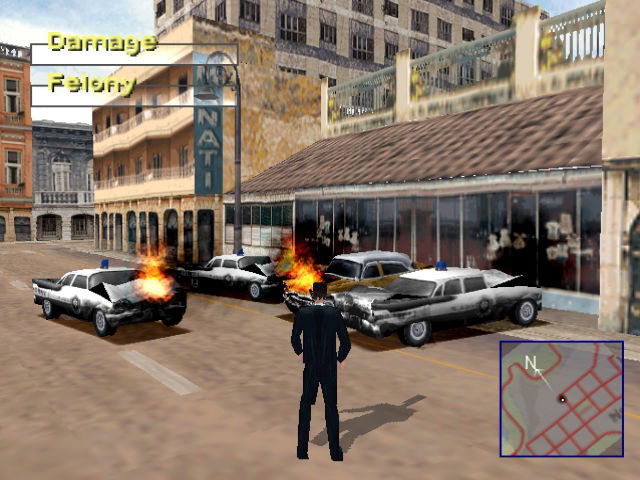
Driver laid the groundwork for Grand Theft Auto III, introducing open-world exploration and non-linear mission design. While it has flaws like long load times and texture pop-in, its influence is undeniable.
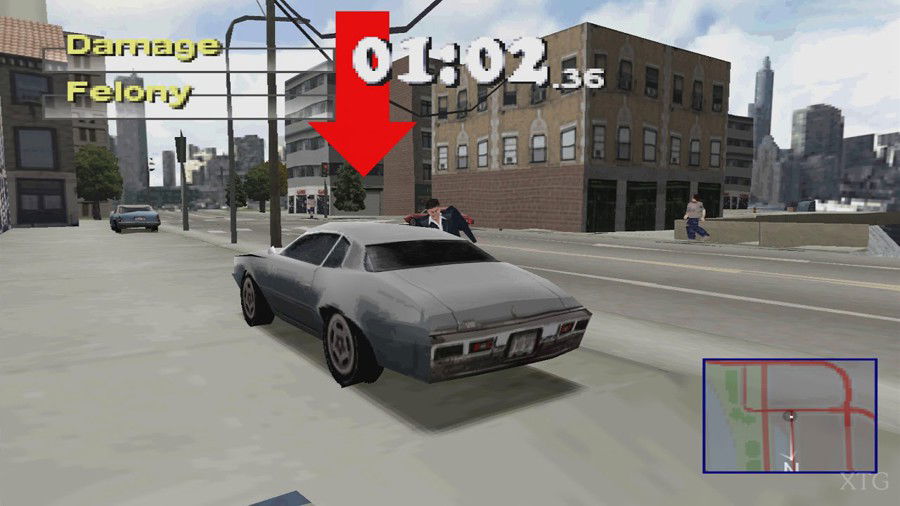
A modern remake with refined mechanics, expanded open-world elements, and on-foot gameplay could reintroduce the Driver franchise in spectacular fashion.
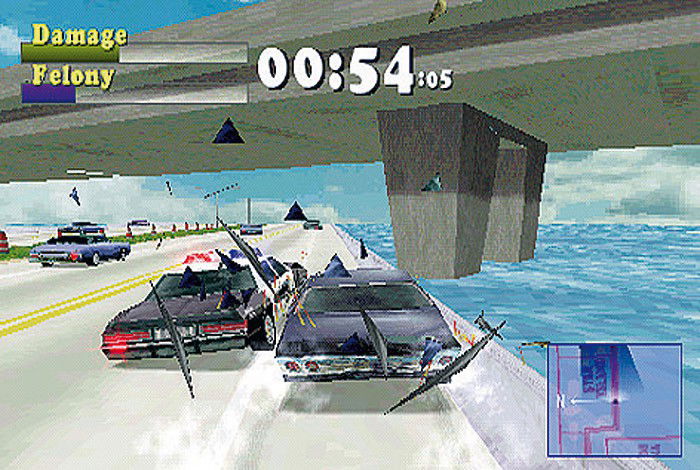
Fear Effect
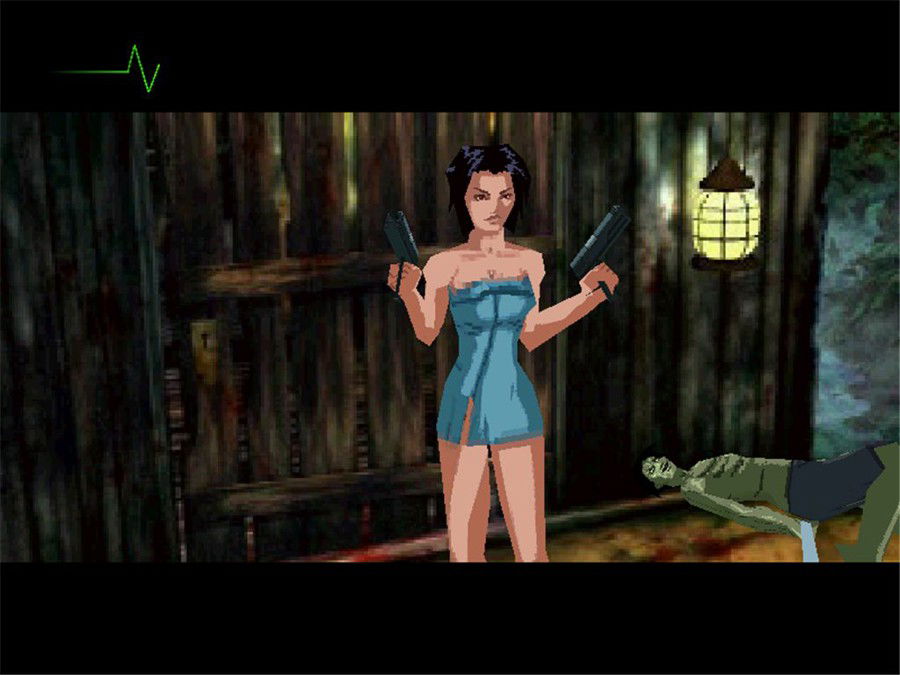
Fear Effect is a survival horror title that blends action, puzzles, and a mature narrative in a cyberpunk vision of Hong Kong. It follows three mercenaries: Hana, Glas, and Deke, on a mission to rescue the daughter of a Chinese tycoon, uncovering conspiracies and supernatural elements involving demons and a mythical underworld.
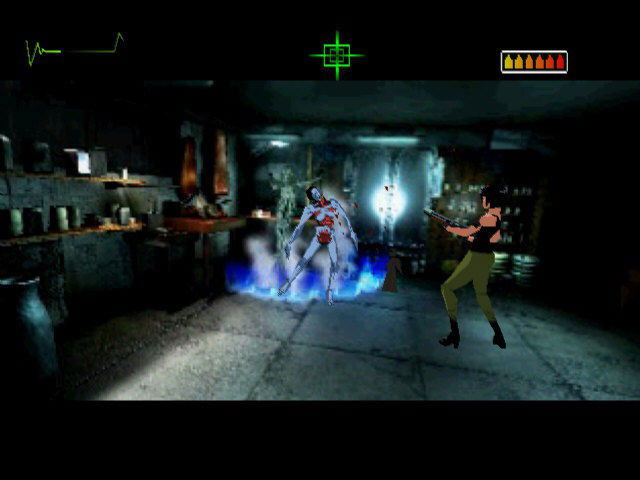
Its cel-shaded graphics and looping pre-rendered video backgrounds create the feel of an animated film. Hong Kong comes alive with fog, flickering lights, and small details like helicopters passing over skyscrapers. The game’s fear meter mechanic raises tension, as accumulated stress can lead to instant death. Twists in the complex plot keep players engaged.
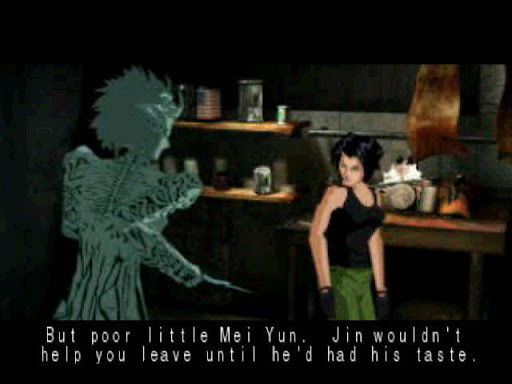
With its mature themes and visual innovation, Fear Effect stands out as a bold and stylish title that would be perfect for a modern remake.
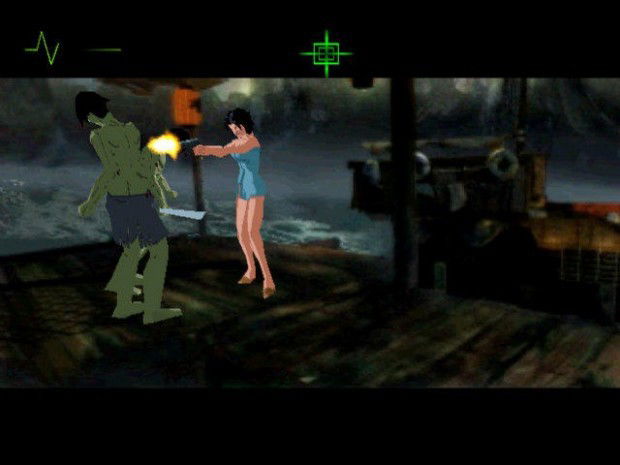
Conclusion
From secret agents to dinosaur encounters, the PlayStation’s library is filled with titles that deserve a second life through remakes, cementing this beloved console’s status as a true gem in gaming history.
So what about you? Did I leave out a game you believe belongs on this list? Which classic from your heart deserves a remake? Share your thoughts, I’d love to know!









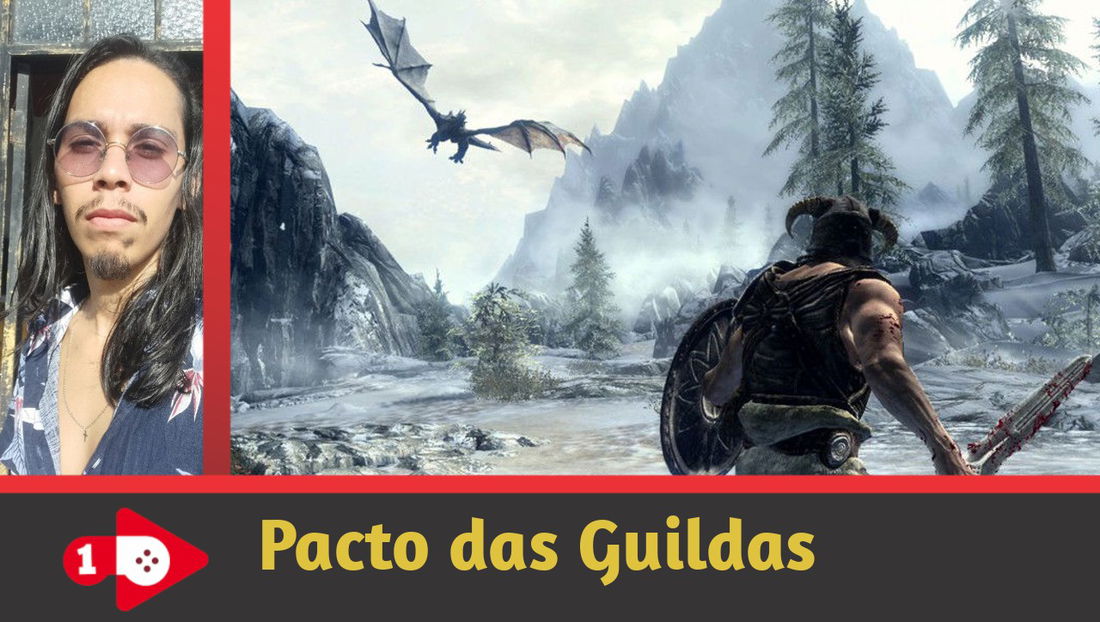
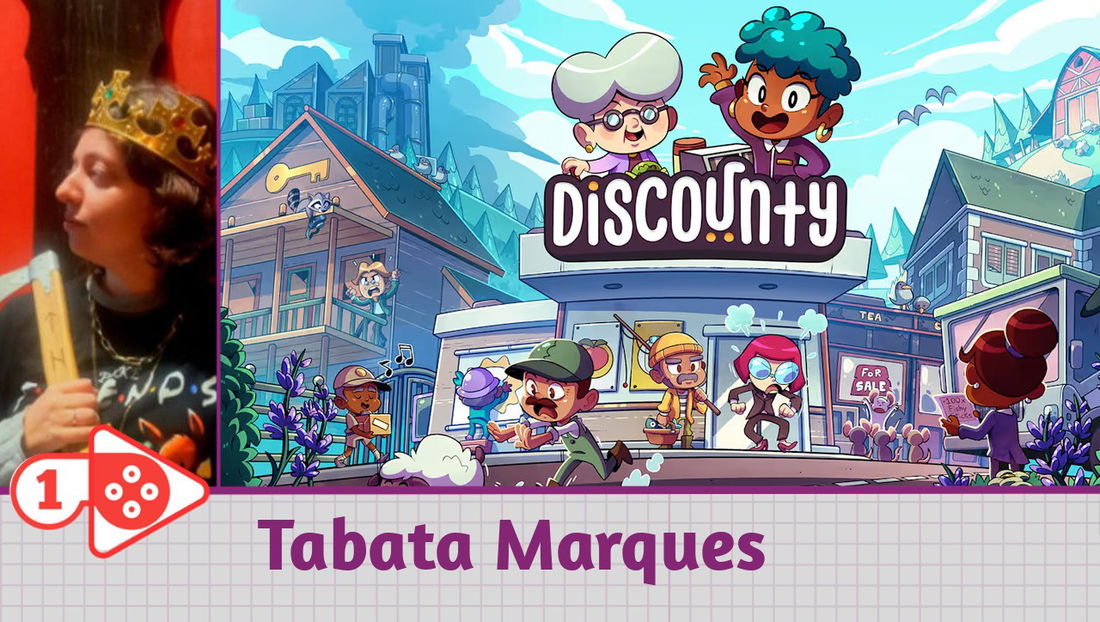



— 코멘트 0
, 반응 1
첫 댓글을 남겨보세요